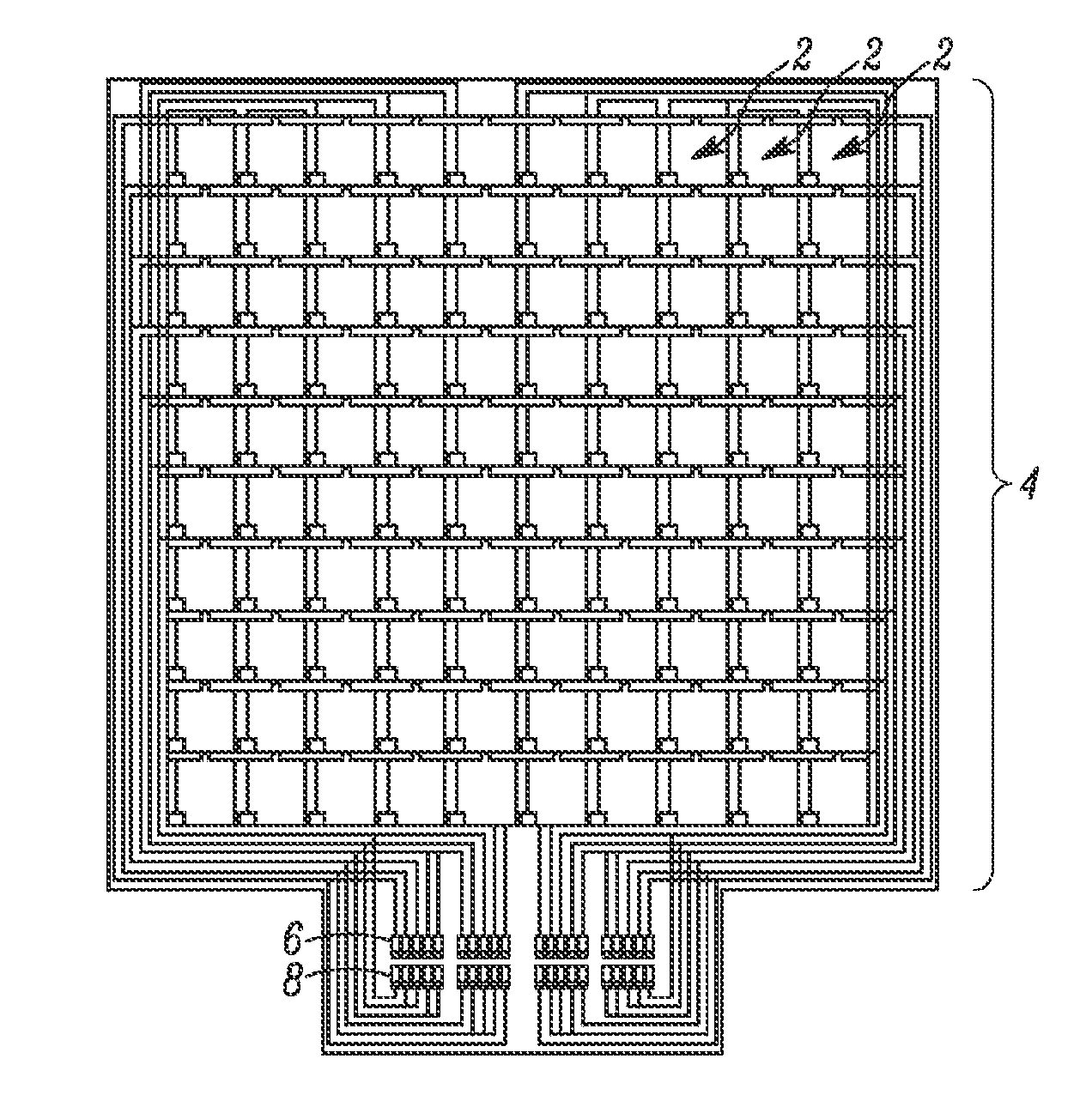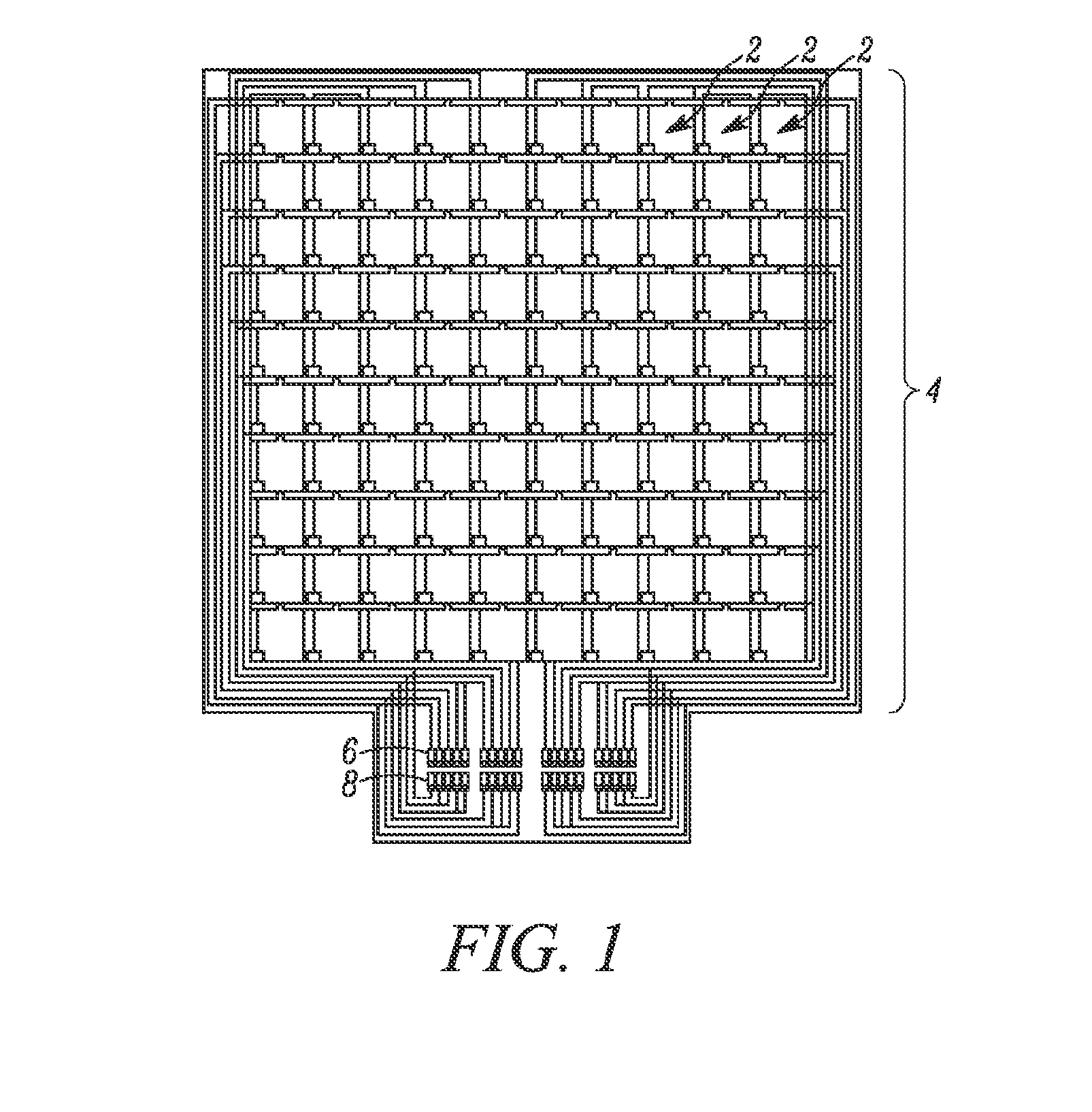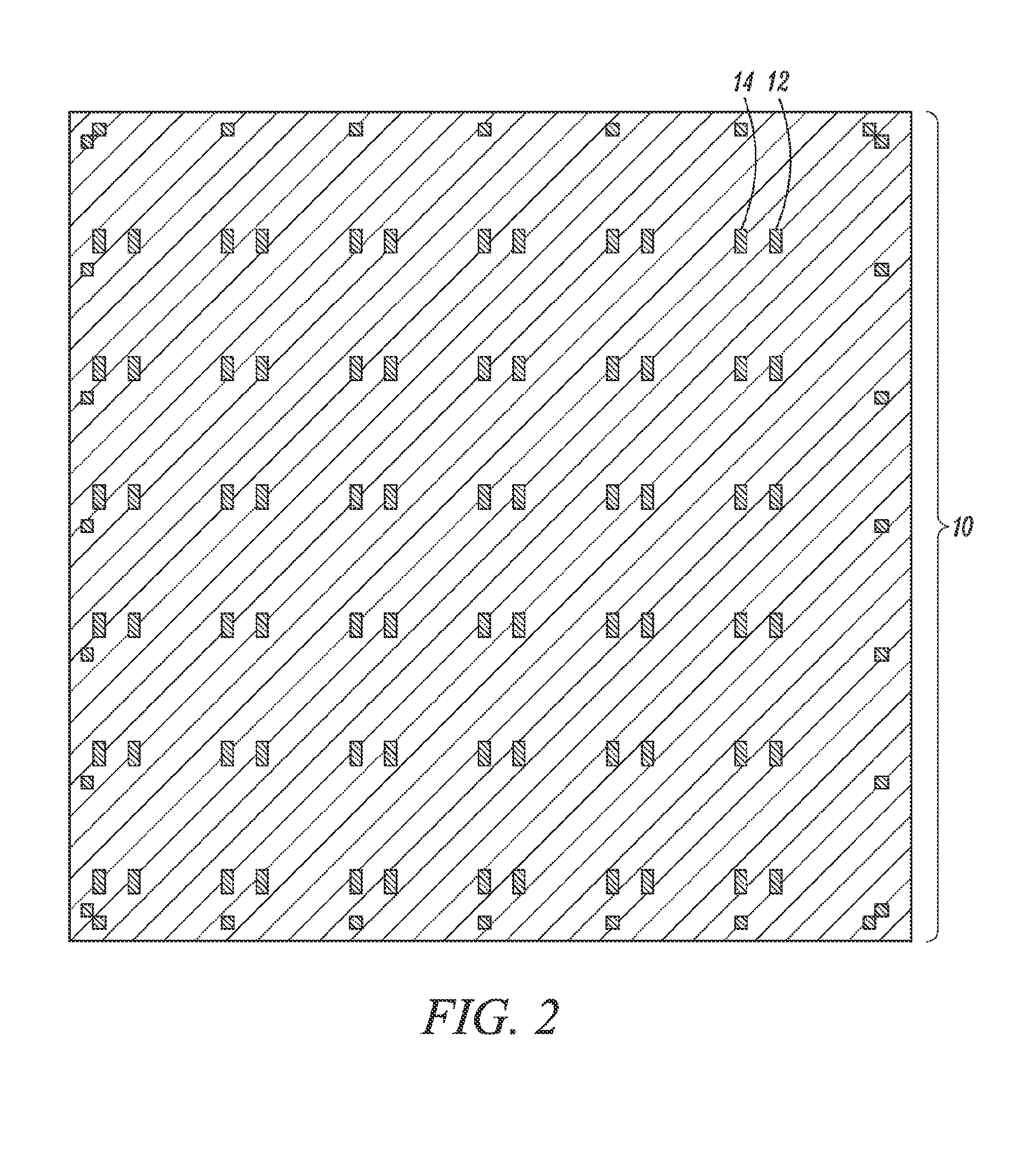Composite self-healing system
a composite structure and self-healing technology, applied in the direction of lamination, tires, domestic applications, etc., can solve the problems of composite failure mechanism, non-destructive evaluation, and specific design considerations including failure mechanisms, so as to improve the survivability of future systems. , the effect of enhancing the survivability
- Summary
- Abstract
- Description
- Claims
- Application Information
AI Technical Summary
Benefits of technology
Problems solved by technology
Method used
Image
Examples
Embodiment Construction
[0049]The presently disclosed method and devices utilizing the method are an advanced reflexive structure technology system which increase the survivability of systems constructed of lightweight polymer and polymer composite material. Applications of this device include a broad selection of high performance systems ranging from aircraft and spacecraft to habitats for space stations and interplanetary exploration in addition to commercial applications such as motor vehicles and building components. The control system for the reflexive structures mimics the pain withdrawal-reflex on which the human body relies. This is important because quick reaction is critical to survivability. This system combines a damage sensing technology, a control system, a dynamic elastic modulus resin (DMR) matrix or a composite in a dynamic elastic modulus resin matrix, and a means for activating the dynamic elastic modulus resin matrix.
[0050]Dynamic Elastic Modulus Resins and Composites
[0051]One element o...
PUM
| Property | Measurement | Unit |
|---|---|---|
| root mean squared surface roughness | aaaaa | aaaaa |
| air pressure | aaaaa | aaaaa |
| Tg | aaaaa | aaaaa |
Abstract
Description
Claims
Application Information
 Login to View More
Login to View More - R&D
- Intellectual Property
- Life Sciences
- Materials
- Tech Scout
- Unparalleled Data Quality
- Higher Quality Content
- 60% Fewer Hallucinations
Browse by: Latest US Patents, China's latest patents, Technical Efficacy Thesaurus, Application Domain, Technology Topic, Popular Technical Reports.
© 2025 PatSnap. All rights reserved.Legal|Privacy policy|Modern Slavery Act Transparency Statement|Sitemap|About US| Contact US: help@patsnap.com



